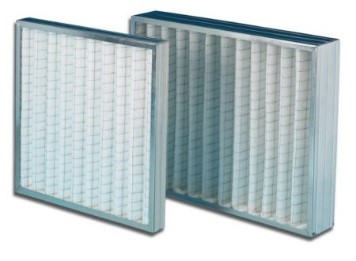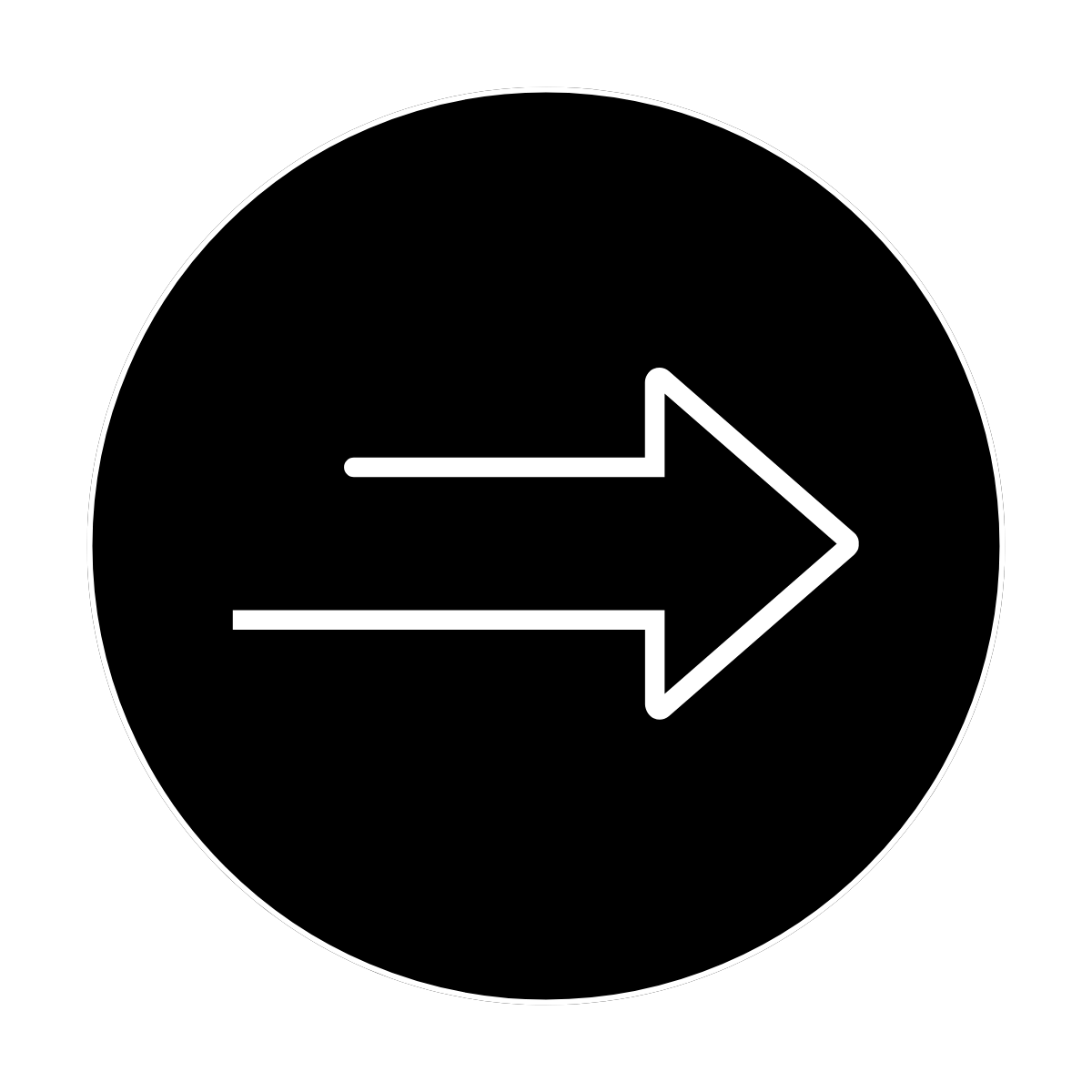ISO 16890 is the new global standard for air filter testing and classification and replaces the existing EN 779: 2012 standard. This new standard represents a major turning point in the evaluation of filter efficiency. It concerns the testing and classification of air filters used in general ventilation systems.
Based on the WHO recommendations on air pollution, the aim of this new standard is to better inform people of their protection against fine particles and thus their Indoor Air Quality.
The new ISO 16890 standard focuses on the filtration efficiency of different sizes of fine particles (PM1, PM2.5 and PM10). It is therefore a much more concrete standard on the subject than the theoretical EN 779: 2012 which used particles of 0.4 micron to measure the effectiveness of filters from M5 to F9.
With the new ISO 16890 filter standard, filtration efficiencies are determined based on the different PM1, PM2.5 and PM10 fine particle sizes, which are also used as assessment parameters by WHO and by other authorities. So people can know exactly how they are protected. As a reminder, the finer a particle is, the more dangerous it is. The more efficient a filter is against PM1 *, the better Indoor Air Quality will be.
*PM1 corresponds to all fine particles whose size is less than 1 micron (one thousandth of a millimeter), for example:
1 μ (micron) = 0,001 mm = PM1 / 2.5 μ = 0,0025 mm = PM2.5 / 10 μ = 0,01 mm = PM10

The classification of groups according to ISO 16890 is organized as follows:

The new ISO 16890 standard gives several improvements compared to EN 779: 2012
An international standard
Precise knowledge of users on their protection against fine particles
The ISO 16890 standard uses particle sizes between 0.3 microns and 10 microns to define efficiencies, while EN 779: 2012 uses a size of 0.4 microns.
The efficiencies on the different particle sizes (PM1, PM2.5, PM10) are measured on the filters charged and discharged into static electricity.
The method, which has become stricter, provides a more precise indication of the effectiveness of synthetic filter.
To answer this problem of Indoor Air Quality, CALADAIR has made the choice to offer filters to capture the finest particles (PM1) to provide optimal Indoor Air Quality and increased health protection.
New designations of CALADAIR filters











